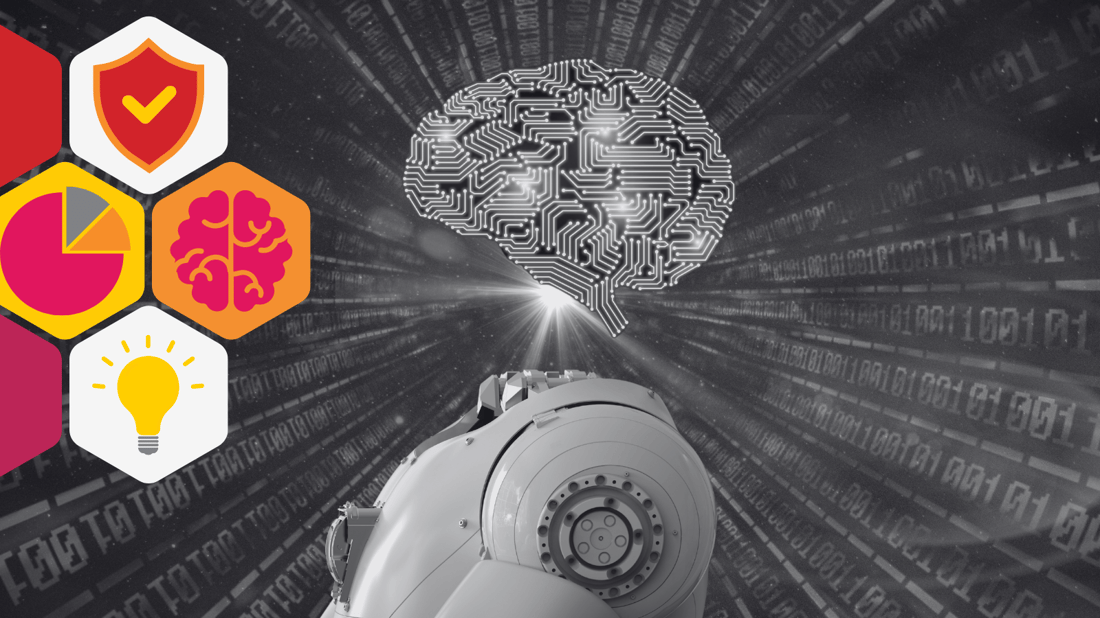Deepfake Risk: Are Your Employees Ready?
Deepfakes have exploded onto the cyber risk landscape, transforming from a novelty to an all too convincing tool for both cybercriminals and...
![]() Team CM
Mar 12, 2025 4:00:00 AM
Team CM
Mar 12, 2025 4:00:00 AM

As artificial intelligence (AI) tools evolve and proliferate, so too do the risks associated with their misuse. Attackers are leveraging AI to create highly convincing scams, automated social engineering campaigns, and other threats that are challenging traditional defenses. While most organizations focus on technical safeguards to combat these risks, many overlook a critical factor: the cultural foundation of their organization.
Digital risk culture—the way an organization perceives and responds to digital risks—is the substrate that shapes how employees navigate, respect, and mitigate AI-driven threats. Whether acknowledged or not, every organization has a digital risk culture, and it plays a pivotal role in preventing and responding to AI misuse and automation risks.
AI-driven risks demand more than technical defenses. Humans remain the most targeted endpoint, and their actions can either amplify or mitigate the impact of AI risks and threats alike. Training alone will not suffice to prepare employees to recognize and respond to risks that are increasingly sophisticated and difficult to detect. Effective defenses require a foundation of shared values, knowledge, and behaviors that are reinforced by leadership and embedded in the organization’s culture.
Culture encompasses what employees know to be acceptable, what they perceive as risky, and what they feel empowered to do when faced with uncertainty. As Tony Robbins says, “You get what you tolerate, not what you deserve.” Without a well-defined culture of respect for risk, organizations leave themselves vulnerable to AI misuse, whether from external threats or internal missteps.
The risks associated with AI misuse and automation are magnified by several key factors:
To effectively address AI misuse and automation risks, organizations must focus on building and maintaining a strong digital risk culture. This requires:
Establish clear guidelines for acceptable AI use, including oversight mechanisms, accountability structures, and escalation processes to address misuse. AI governance should be developed collaboratively with input from IT, HR, legal, and other relevant stakeholders to ensure it reflects the diverse implications of AI across the business.
Cultural risks, such as unclear tolerance for risk, indifference to rules, or overzealous experimentation, must be evaluated alongside technical vulnerabilities. Surveys and focus groups can identify gaps in employee understanding or confidence, enabling targeted interventions.
Employees need to understand the consequences of risky behaviors and feel empowered to act responsibly. This involves clear communication from leadership, ongoing education tied to real-world scenarios, and incentives for good practices.
Encourage creativity and experimentation while reinforcing the importance of risk management. Provide safe environments, such as sandboxes for testing AI tools, to channel curiosity productively while minimizing potential harm.
The risks posed by AI misuse are growing, and the time to act is now. Organizations that invest in building a resilient digital risk culture will not only be better equipped to handle AI-driven threats but will also foster a more agile, adaptive workforce capable of navigating the complexities of digital transformation.
Ready to assess and strengthen your digital risk culture? Contact us today to build a roadmap for success.

Deepfakes have exploded onto the cyber risk landscape, transforming from a novelty to an all too convincing tool for both cybercriminals and...
4 min read

You can buy AI tools. You can stand up models. You can write policies. None of that guarantees that AI will be used safely or wisely in real work.
3 min read

We love predictions. They’re equal parts art and science, a kaleidoscope of insight, pattern recognition, and a touch of bold speculation. As we dive...
4 min read
Subscribe to our newsletters for the latest news and insights.
Stay updated with best practices to enhance your workforce.
Get the latest on strategic risk for Executives and Managers.